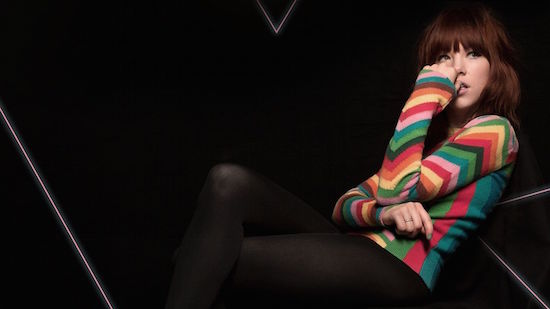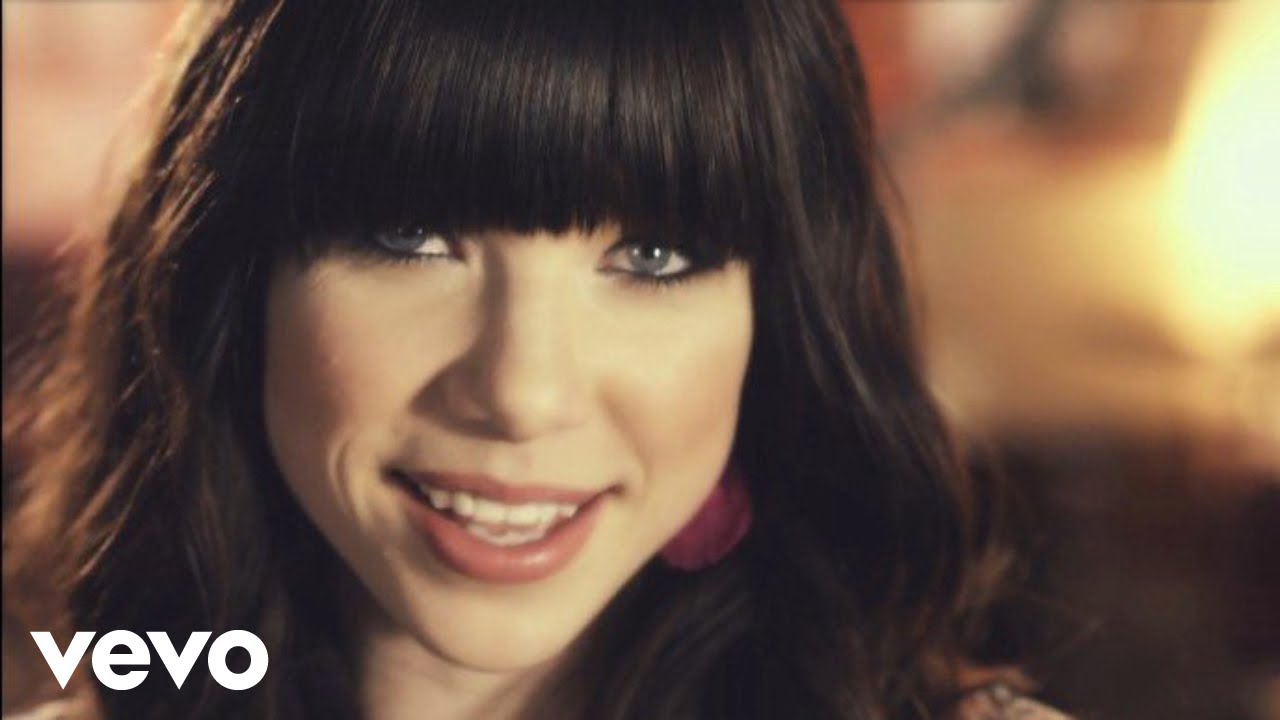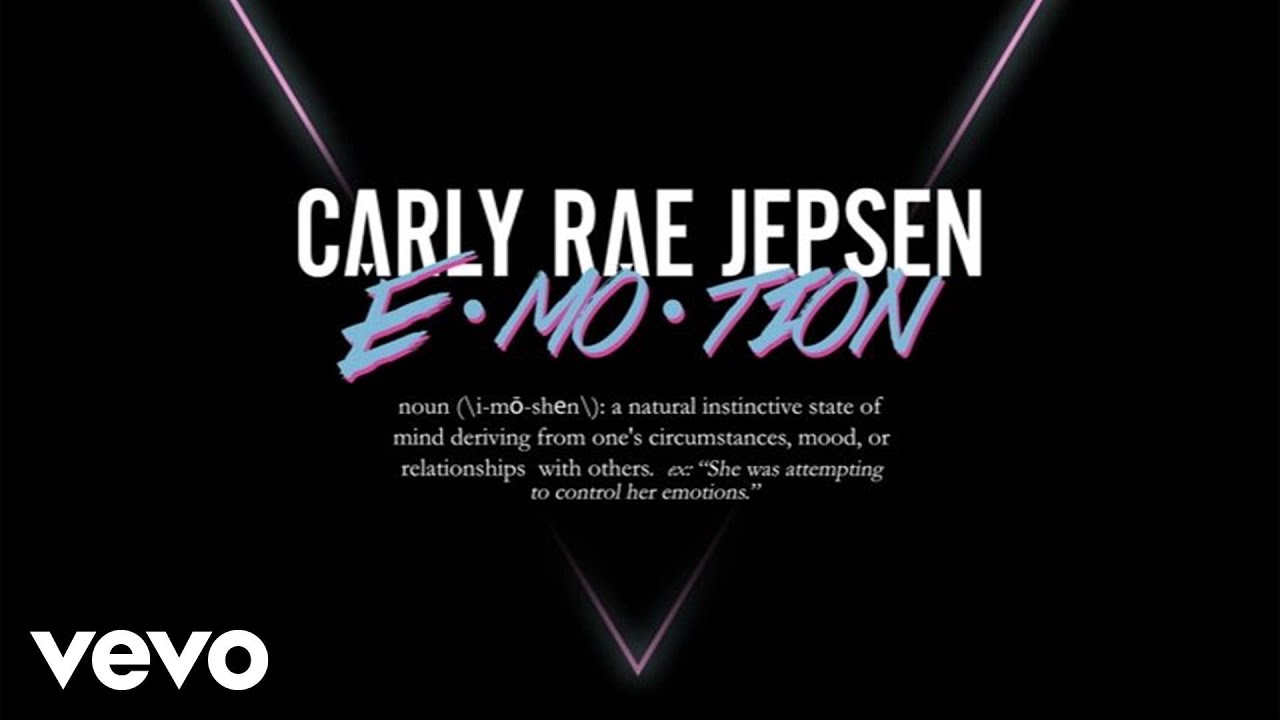Reacting – along with, variously, more or less the entire Internet to different degrees and with heavily divergent attitudes – to the release last week of the video for Drake’s ‘Hotline Bling’, the New York Times published an article detailing the artist’s wholesale embracing of twenty-first century meme culture and its implications. The piece – Jon Caramanica’s ‘Drake: Rapper, Actor, Meme’ – is, by all accounts, a pretty decent read: it isn’t exactly comprehensive, and there’s not a huge number of ideas in there that haven’t at least run through the head of anyone with a passing interest in social, art, and music theory – but Caramanica lucidly highlights the way in which contemporary means of the dissemination of information not only have an effect on the way we consume and interact with culture here on the receiving end, but also at the root; on its production. (Essentially: Drake, self-aware and sociologically savvy enough to know that anything he does will be instantly transformed into a meme, crafted the ‘Hotline Bling’ video for this exact purpose. Because “You don’t meme Drake; Drake memes Drake.”)
Though it touches predictably on Jay Z and Kanye West, what the article doesn’t find the time to cover (or, perhaps, criminally doesn’t find the need to recognise) is the influence of Carly Rae Jepsen, or how – despite its comparative invisibility to something like What A Time To Be Alive – for similar reasons, EMOTION is the best album released in 2015 so far.
In 2011, a full four years before Aubrey Graham’s dad dancing made him a blank canvas for the world with more individual interpretations than Ulysses, Jepsen’s ‘Call Me Maybe’ held its position as the Grand Unifier.
From Liam Neeson to Hitler, the ubiquitous memes that took ‘CMM’ as their reference point covered just about every socio-historical marker of the last century. And, though it’s easy enough to put it down to a joke at the expense of a seemingly throwaway pop song, something bigger was always at play. ‘Call Me Maybe’ wasn’t the vacuous, “sugary dance-pop tune … about hoping for a call back from a crush” that it was – and still is – so often painted to be, but rather a perfectly judged artwork; a piece of music in possession of enough detail to make it enjoyable as a song in its own right (those strings, that perfect amount of repetition!), but crafted with just the right level of ambiguity – the archetypal male image so frequently deployed by the likes of Taylor Swift and Lana Del Rey, the ever-inhabitable ‘I’, and even the fact it’s ‘Call Me Maybe’, not just ‘Call Me’ – to not only invite interaction via negativa, but to actively incite it.
And so it goes with its successor. 2015’s EMOTION is a collection of fourteen exquisitely put together pop songs – which would be fifteen were it not for the notable failure of ‘I Didn’t Just Come Here To Dance’ – finely in tune with the cultural zeitgeist, and the reality of digital native and digital migrant life. On EMOTION, idiosyncrasy is sidelined in favour of pseudo-specific one-size-fits-all narrative arcs. Songs like ‘Run Away With Me, ‘EMOTION’ and ‘I Really Like You’ are almost fable-like in their universal application, meat and two veg for Claude Lévi-Strauss were he alive, and have as much in common with the hyper-personal vaguery of psychic readings and horoscopes as they do with the work of Olafur Eliasson.
In terms of the former, the comparison is obvious: sure you’ve got your out-and-out bona fide cheats like Psychic Sally, whose “readings” come from background research and stooge-planting, but more often than not what you’re going to be presented with are leading questions and a subsequent expectation to buy into the spirit and fill in the blanks for yourself. Where Jepsen sings “Wonder how I do / How’s the weather? Am I better? / Better now that there’s no you?” on the album’s title track, it’s not a million miles away from the classic spiel of the medium: “You’ve recently lost something…” “Mum / Nan / Cat / Pencil Sharpener / Grip On Reality — delete as appropriate.” As with the briefcase in Tarantino’s Pulp Fiction, it should be clear to anyone in the business of pop culture production that more enjoyment is derived from pasting your own narrative, however shonky or badly fitting it is – I, for one, once convinced my self a glassJAw song was about the holy grail as a result of reading the DaVinci Code – on to something more archetypal.

(© Olafur Eliasson 2003)
And that’s where Eliason comes in. In a recent article on Abraham Cruzvillegas’s ‘Empty Lot’, detailing changing attitudes of the art world, Quietus Art Editor Bobby Barry writes, “Suddenly the task of art seemed to change dramatically: it was no longer about using oil or clay or a violin or whatever to represent a horse or a tree or a forest scene, but simply to bring the horse, the tree, or the natural environment into the space of the gallery or the concert hall to simply be. No longer representing something else, just presenting itself in its own immanence.” And it was in this vein that in 2003-4 visitors to the Tate Modern basked under the warmth of a glowing sun as part of Olafur Eliasson’s ‘The Weather Project’. Except, of course, they didn’t: a horse in a gallery would shit everywhere, and a star enveloping the Tate Modern would be disastrous on a scale well beyond a few new freckles for casual sunbathers. No, what Eliason presented to gallery-goers was a glowing circle of mono lamp-produced light on which they were free to project their own ideas about what that represented. It’s Eliason’s glorious pop song, equivalent to the line in Jepsen’s ‘Run Away With Me’ where she tellingly sings, “This is the part, you’ve got to say all that you’re feeling”.
In a recent interview with Oneohtrix Point Never, discussing the use of negative space in his music, the conclusion he reached was that “the more empty something is, the more idiosyncratic potential it has.” While it might seem like lazy songwriting, the invitation to imbue nothingness with meaning is hardly an untried concept: where Jepsen provides the sonic canvas in 2015, John Cage did so in 1952 and Philip Rothko did so in most all of his work – culminating in the completion of the Rothko Chapel in 1971.
With this in mind, it seems likely that those with an unfavourable view of EMOTION would be more inclined toward an album named SAD or HAPPY – a work of art that told them, like a John Williams score, exactly what they should expect to feel. Unhappy to be presented with a mirror, they could never feel comfortable staring in to the vast expanse of Eliason’s "sun", the surface of his mirrored Harpa Concert hall in Iceland, or into themselves.
A kind of accidental auto-destructive music, Jepsen’s record was dispersed so quickly, and by the means she herself seemed to have previously welcomed, that by the point of its release in August it seemed like anyone who had any interest in owning — or even hearing — the album had already done so by the beginning of the summer. And so it goes, EMOTION seemed to sink more or less without a trace: a combination of self-loathing on the part of consumers — those same people minded, in a different age, to call Picasso’s Cubist renderings grotesque — and over generosity on the part of the artist. One For The Ages.
EMOTION is out now




